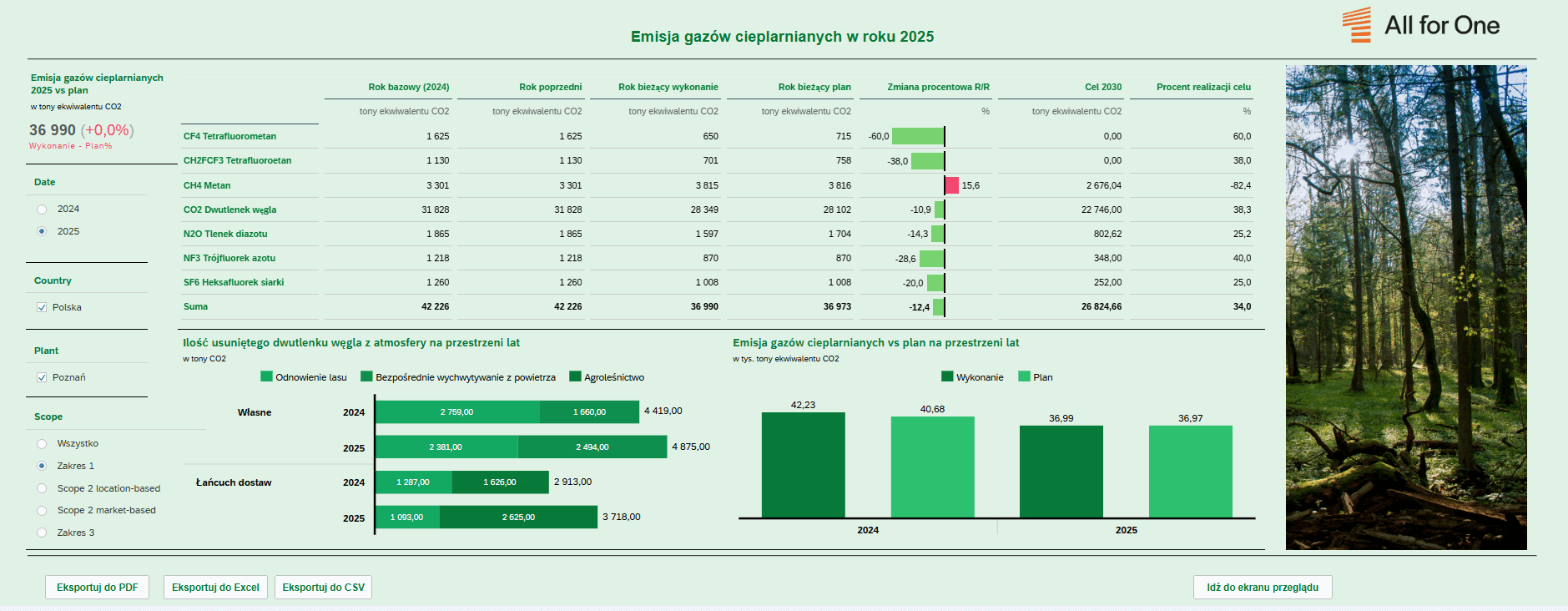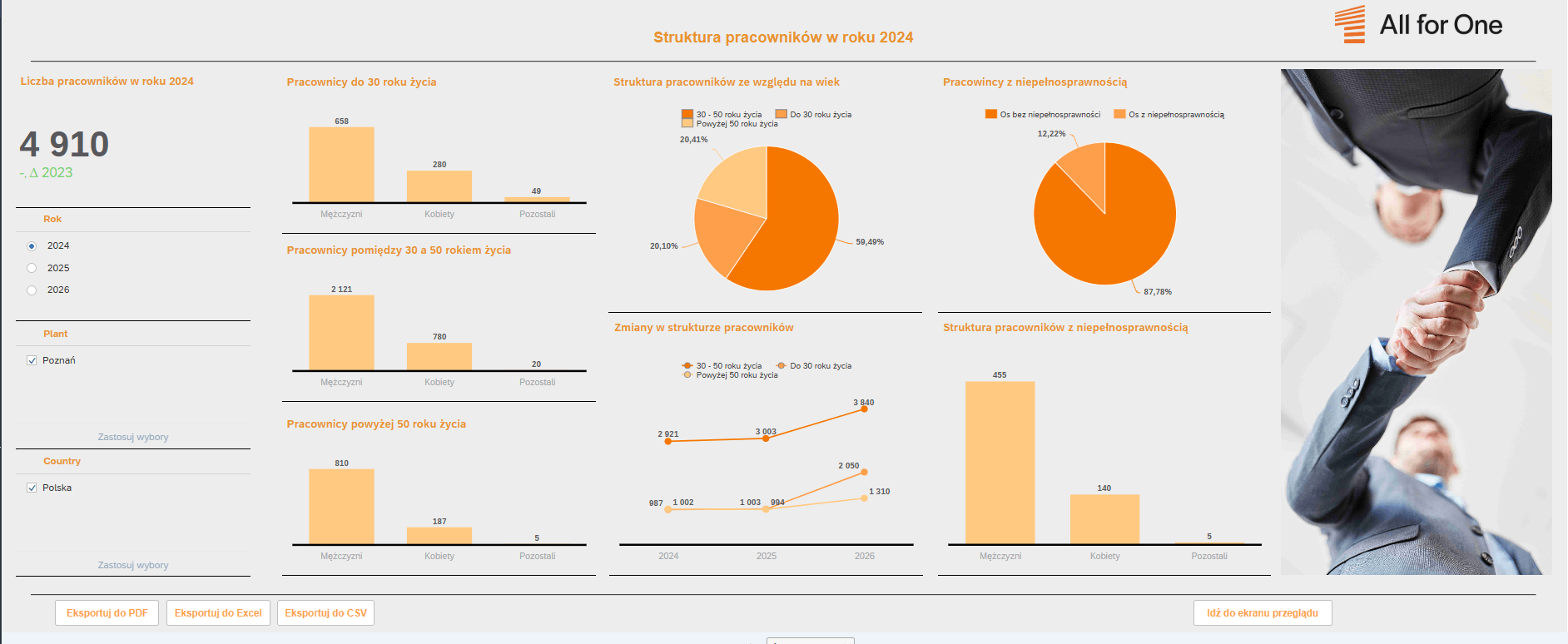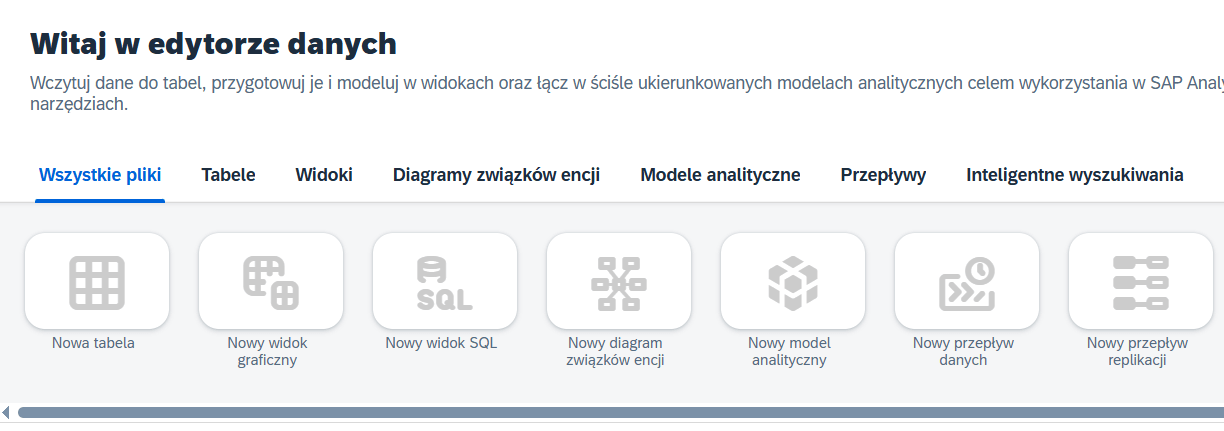A single environment for data analysis and processing facilitates data management and eliminates the need to copy data between the data warehouse and analytical environments. At the same time, flexible licensing and broad potential for leveraging AI in data analysis make SAP Business Data Cloud (BDC) an attractive solution that can be fully tailored to the analytical needs of a specific organization.
The components included in SAP Business Data Cloud enable, in particular:
- reporting and planning (SAP Analytics Cloud),
- data processing and storage (SAP Datasphere),
- switching of the existing SAP BW data warehouse environment to a private cloud (BW Modernization),
- unstructured data analysis using AI (SAP Databricks),
- accelerating the solution implementation process (embedded applications).
It is worth noting that for existing clients of SAP Datasphere and SAP Analytics Cloud nothing changes – neither in terms of functionality nor subscription. SAP is currently working on a solution that will, in the future, enable a smooth transfer of existing environments to the BDC platform.
Let’s take a closer look at the components that make up SAP Business Data Cloud.





